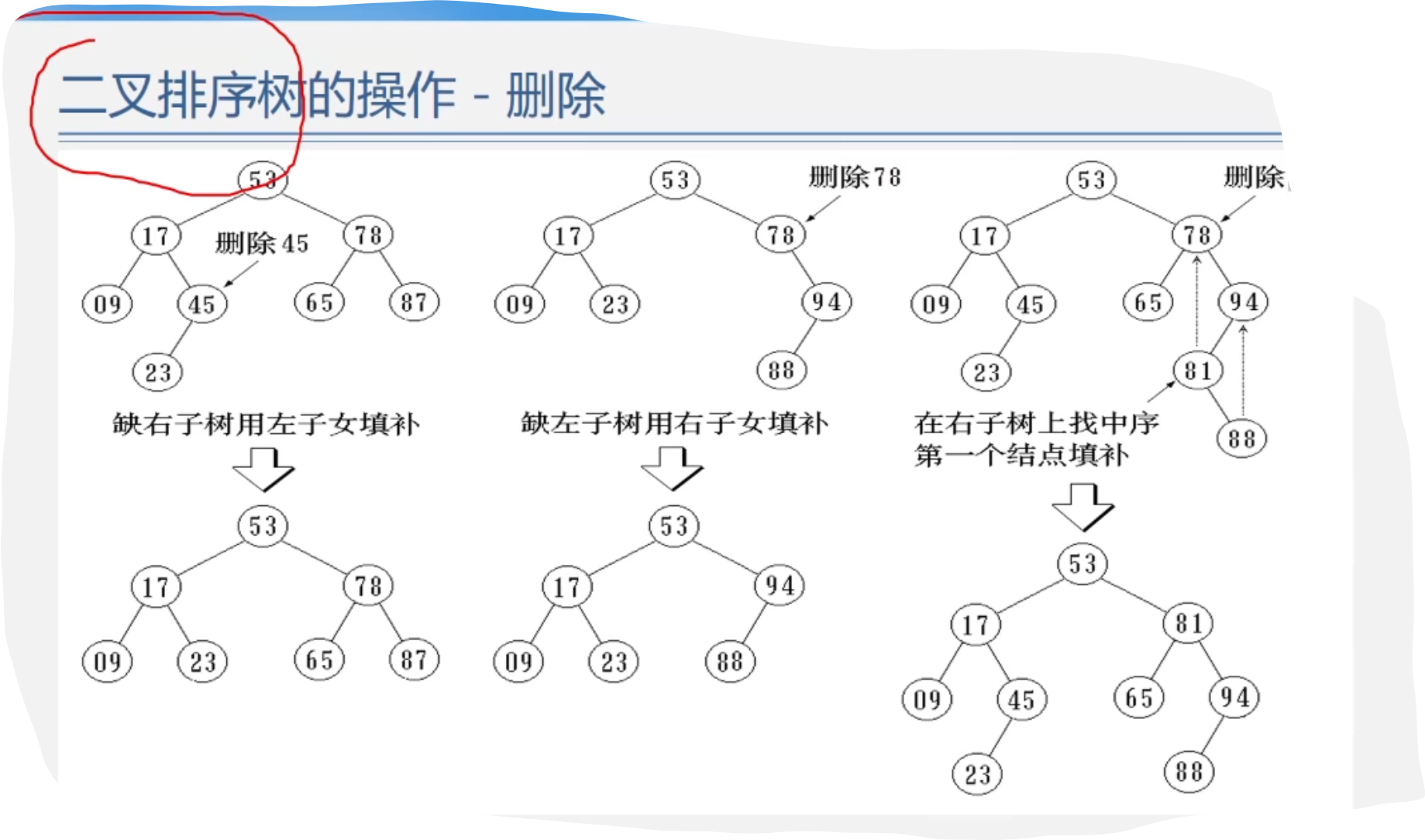模块出处
[TITS 23] [link] [code] Lightweight Real-Time Semantic Segmentation Network With Efficient Transformer and CNN
模块名称
Lightweight Dilated Bottleneck (LDB)
模块作用
改进的编码器块
模块结构

模块代码
import torch
import torch.nn as nn
import torch.nn.functional as F
class Conv(nn.Module):
def __init__(self, nIn, nOut, kSize, stride, padding, dilation=(1, 1), groups=1, bn_acti=False, bias=False):
super().__init__()
self.bn_acti = bn_acti
self.conv = nn.Conv2d(nIn, nOut, kernel_size=kSize,
stride=stride, padding=padding,
dilation=dilation, groups=groups, bias=bias)
if self.bn_acti:
self.bn_prelu = BNPReLU(nOut)
def forward(self, input):
output = self.conv(input)
if self.bn_acti:
output = self.bn_prelu(output)
return output
class BNPReLU(nn.Module):
def __init__(self, nIn):
super().__init__()
self.bn = nn.BatchNorm2d(nIn, eps=1e-3)
self.acti = nn.PReLU(nIn)
def forward(self, input):
output = self.bn(input)
output = self.acti(output)
return output
class ShuffleBlock(nn.Module):
def __init__(self, groups):
super(ShuffleBlock, self).__init__()
self.groups = groups
def forward(self, x):
'''Channel shuffle: [N,C,H,W] -> [N,g,C/g,H,W] -> [N,C/g,g,H,w] -> [N,C,H,W]'''
N, C, H, W = x.size()
g = self.groups
#
return x.view(N, g, int(C / g), H, W).permute(0, 2, 1, 3, 4).contiguous().view(N, C, H, W)
class eca_layer(nn.Module):
"""Constructs a ECA module.
Args:
channel: Number of channels of the input feature map
k_size: Adaptive selection of kernel size
"""
def __init__(self, channel, k_size=3):
super(eca_layer, self).__init__()
self.avg_pool = nn.AdaptiveAvgPool2d(1)
self.conv = nn.Conv1d(1, 1, kernel_size=k_size, padding=(k_size - 1) // 2, bias=False)
self.sigmoid = nn.Sigmoid()
def forward(self, x):
b, c, h, w = x.size()
# feature descriptor on the global spatial information
y = self.avg_pool(x)
# Two different branches of ECA module
y = self.conv(y.squeeze(-1).transpose(-1, -2)).transpose(-1, -2).unsqueeze(-1)
# Multi-scale information fusion
y = self.sigmoid(y)
return x * y.expand_as(x)
class LDB(nn.Module):
def __init__(self, nIn, d=1, kSize=3, dkSize=3):
super().__init__()
self.bn_relu_1 = BNPReLU(nIn)
self.conv1x1_in = Conv(nIn, nIn // 2, 1, 1, padding=0, bn_acti=False)
self.conv3x1 = Conv(nIn // 2, nIn // 2, (kSize, 1), 1, padding=(1, 0), bn_acti=True)
self.conv1x3 = Conv(nIn // 2, nIn // 2, (1, kSize), 1, padding=(0, 1), bn_acti=True)
self.dconv3x1 = Conv(nIn // 2, nIn // 2, (dkSize, 1), 1, padding=(1, 0), groups=nIn // 2, bn_acti=True)
self.dconv1x3 = Conv(nIn // 2, nIn // 2, (1, dkSize), 1, padding=(0, 1), groups=nIn // 2, bn_acti=True)
self.ca11 = eca_layer(nIn // 2)
self.ddconv3x1 = Conv(nIn // 2, nIn // 2, (dkSize, 1), 1, padding=(1 * d, 0), dilation=(d, 1), groups=nIn // 2, bn_acti=True)
self.ddconv1x3 = Conv(nIn // 2, nIn // 2, (1, dkSize), 1, padding=(0, 1 * d), dilation=(1, d), groups=nIn // 2, bn_acti=True)
self.ca22 = eca_layer(nIn // 2)
self.bn_relu_2 = BNPReLU(nIn // 2)
self.conv1x1 = Conv(nIn // 2, nIn, 1, 1, padding=0, bn_acti=False)
self.shuffle = ShuffleBlock(nIn // 2)
def forward(self, input):
output = self.bn_relu_1(input)
output = self.conv1x1_in(output)
output = self.conv3x1(output)
output = self.conv1x3(output)
br1 = self.dconv3x1(output)
br1 = self.dconv1x3(br1)
br1 = self.ca11(br1)
br2 = self.ddconv3x1(output)
br2 = self.ddconv1x3(br2)
br2 = self.ca22(br2)
output = br1 + br2 + output
output = self.bn_relu_2(output)
output = self.conv1x1(output)
output = self.shuffle(output + input)
return output
if __name__ == '__main__':
x = torch.randn([3, 256, 32, 32])
ldb = LDB(nIn=256)
out = ldb(x)
print(out.shape) # 3, 256, 32, 32
原文表述
LDB的结构整体上借鉴了ResNet的思想,将模块设计为残差模块,以在网络层数尽可能少的情况下收集更多的特征信息。具体来说,在bottleneck处,通过1×1卷积将输入特征的通道数减半,减少通道数之后,参数量和计算量大大减少,虽然这样会损失一部分准确率,但此时多堆叠两个模块比弥补损失更为有利。同时,由于使用了1×1卷积,必须加深网络深度才能获得更大的感受野,因此在1×1卷积之后,增加了3×1和1×3的分解卷积,以拓展感受野,从而捕捉更大范围的上下文信息。而且分解卷积也是基于考虑参数数量和计算量。同样,在接下来的双分支结构中,两个分支也都使用了分解卷积,其中一个负责局部、短距离的特征信息,另一个则使用了空洞卷积,负责在不同空洞率下从更大的感受野中提取特征信息。紧接着这两个分支的是通道注意力机制,其灵感来自ECANet,旨在在通道维度上构建注意力矩阵,以增强特征表达,抑制噪声干扰,因为对于CNN来说,大部分特征信息都包含在通道中。然后,将两个低维分支和中间特征融合,输入到下面的1×1逐点卷积中,以将特征图的通道数恢复为与输入特征图的通道数相同。最后,采用channel shuffle的策略,避免depth-wise convolution带来的信息独立、通道间无相关性的弊端,促进不同通道间语义信息的交换。


















